by Dorothy | Dec 30, 2024 | Travel
The October trip started out with promise. I avoid Rome in the summer and generally travel in the spring or early fall. To my surprise, late October this year turned out to be very rainy, one day torrential rain poured drastically changing my plans. I prefer to stay...
by Dorothy | Jul 9, 2017 | Salad, Vegetables, Vegetarian
It’s been awhile since I posted to my blog although I’ve have been active on Facebook and Instagram and Twitter. People have asked me why and the answer is simple. Since I discovered Jamie Wagener using theblissfulkitchen my culinary enthusiasm derailed. The...
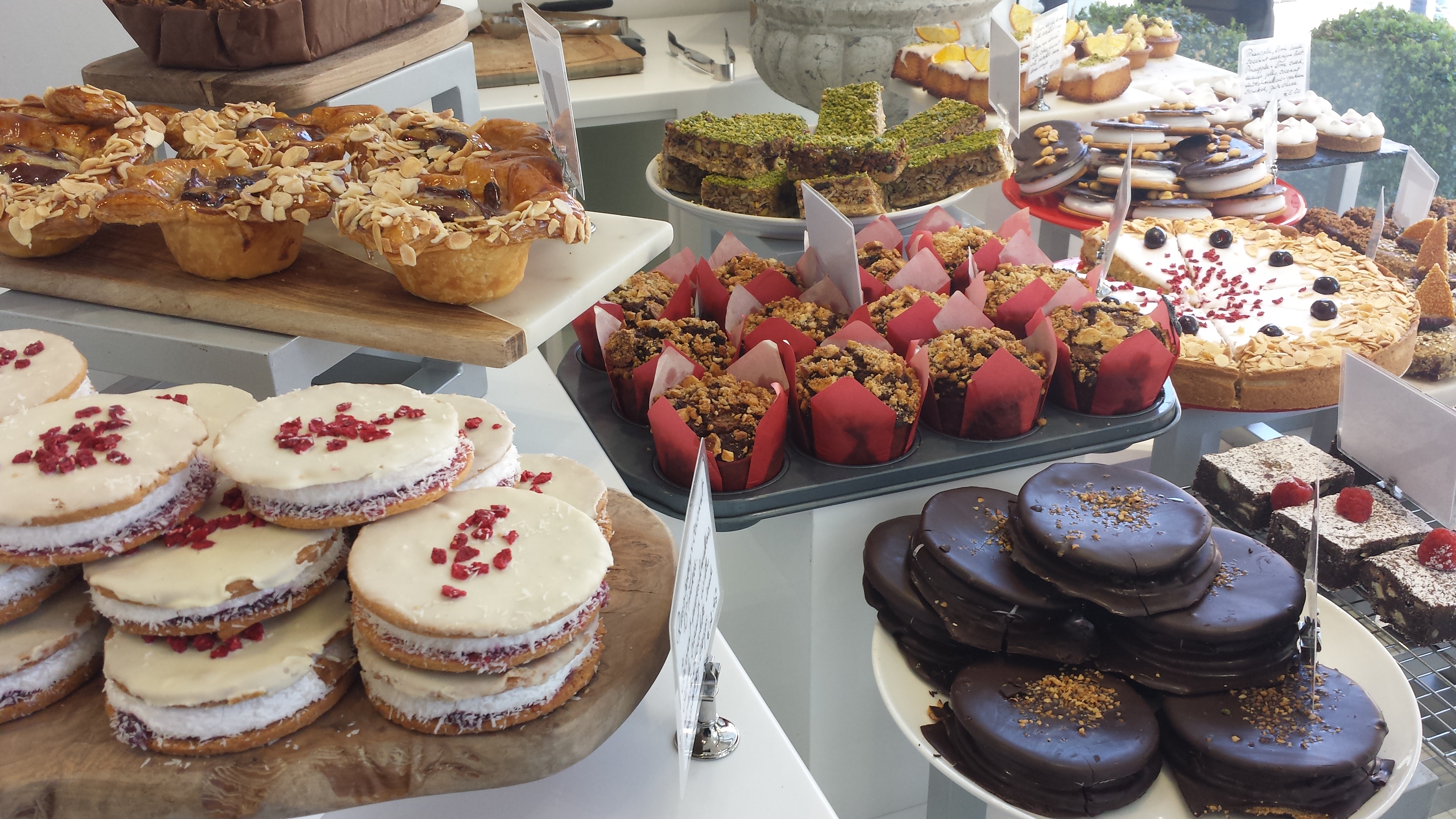
by Dorothy | Jan 26, 2017 | Salad, Travel, Vegetables, Vegetarian
A carefully conceived and designed brand defines a business. Branding from simplistic to cutting edge establishes an expectation of what customers can expect from your service or product. I’ve been thinking about the importance of branding and paying closer attention...
by Dorothy | Jan 8, 2017 | Market, Meat, Travel
Last year was an exceptional year for food and travel. From crispy roast pork in Maui, to experiencing Ireland’s food evolution, magnificent lunch with a stunning view in Prague, almost fantastic mussels (actually more like salmon due to torrential rain and flooding)...
by Dorothy | Nov 30, 2016 | Pasta, Sauces, Dressings, Spreads & Salsas, Seafood
After a large poultry based Thanksgiving meal, I felt like eating something lighter but still filling. When I lived in Italy, my roommate Janet introduced me to a new dish. My mother never made tuna casserole because tuna was just meant for sandwiches according to her...
by Dorothy | Oct 21, 2016 | Cooking, Video
Recently I started musing about how my blissful kitchen journey began. It was a sunny day in 2004 and I was driving north on Highway 101 just passing through Corte Madera when “Blissful Kitchen” popped into my consciousness. Since graduation from culinary school the...
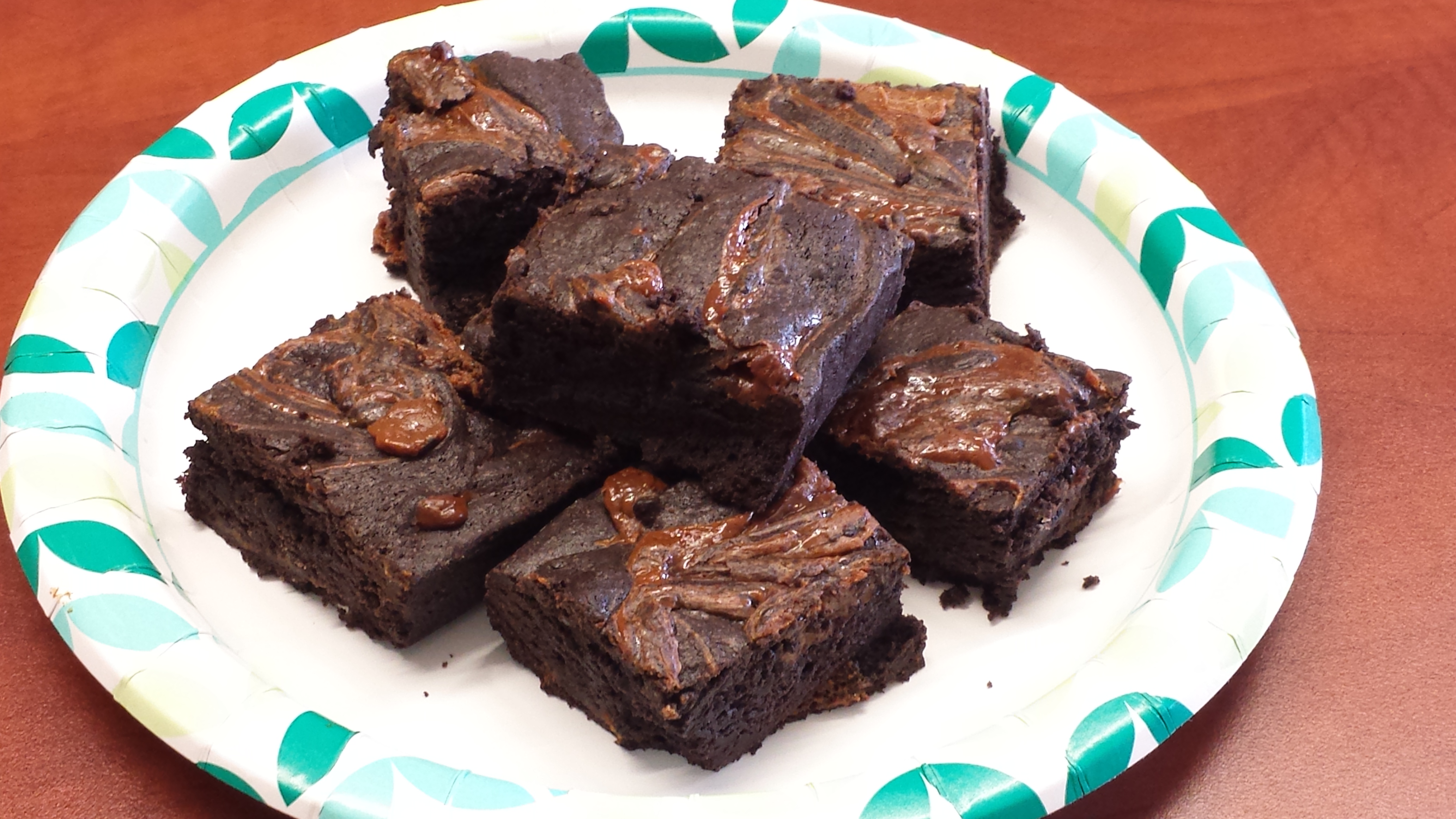
by Dorothy | Oct 12, 2016 | Desserts and Breads
I’m not a star best baker and am borderline obsessed with The Great British Baking Show on PBS. There are four or five dessert I can make really well and that’s it. Over the years, I’ve had the great fortune of partnering with Chef Diane Hom an amazing pastry chef....
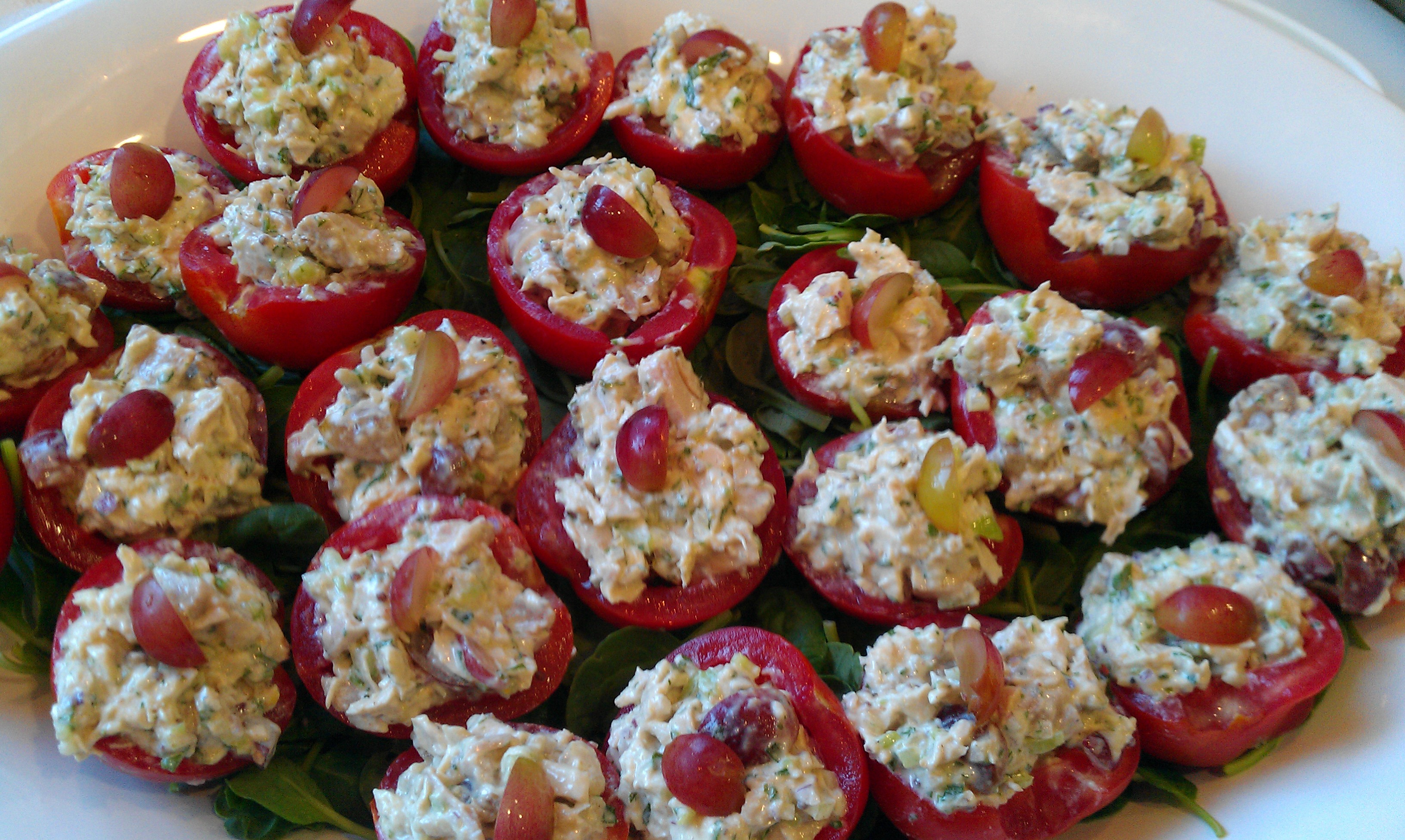
by Dorothy | Aug 31, 2011 | Catering, Hors d'oeuvres, Meat, Salad, Seafood
Personal referrals are the best way to develop business. Let clients know how much you rely upon them to spread the word about your business. I’m fortunate to have outstanding clients who always keep me in mind for events and parties. This past weekend I...
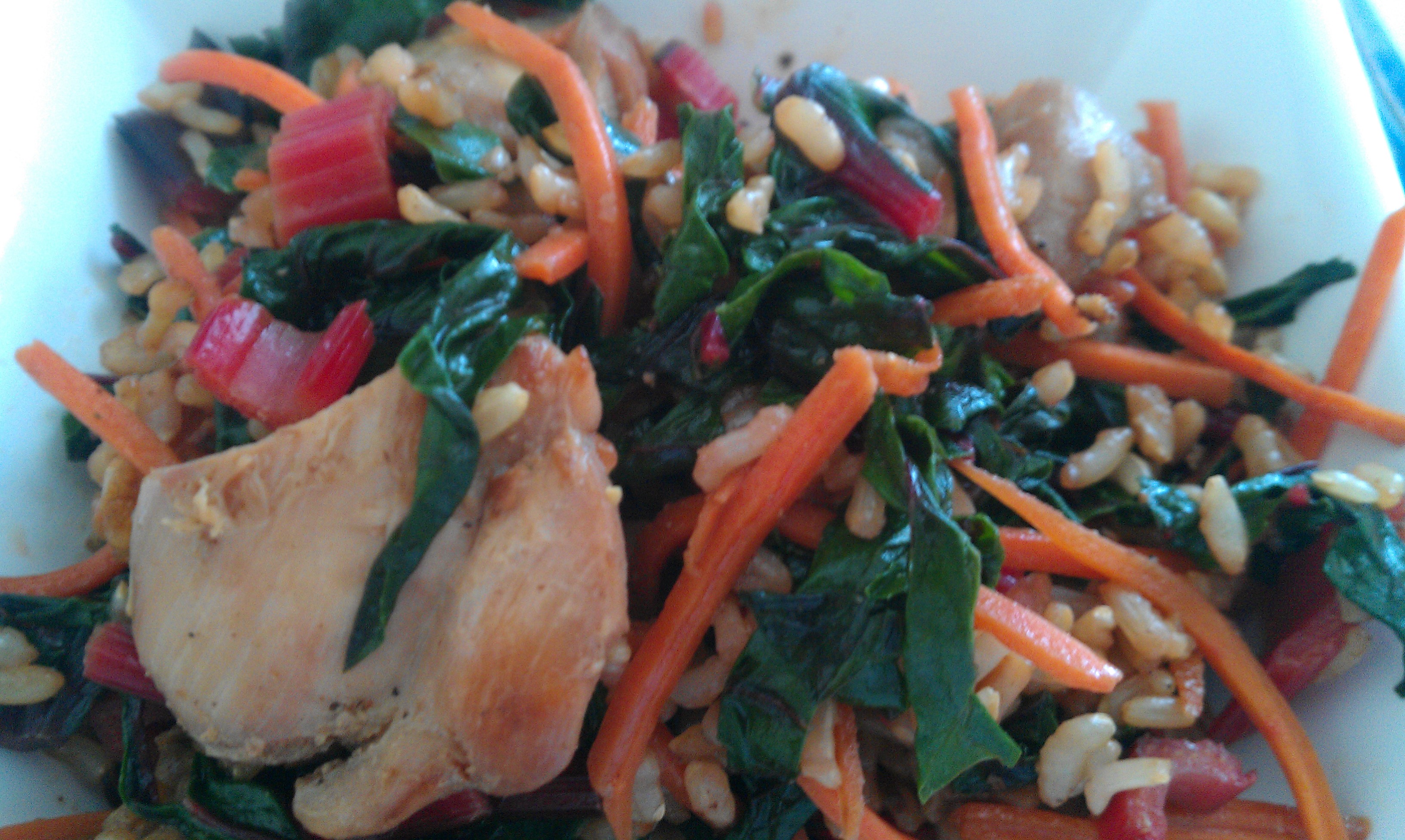
by Dorothy | Aug 24, 2011 | Poultry, Side Dishes
[ Sometimes after I’ve spent all day cooking I don’t have energy left for cooking at home. That’s when my Blissfully Quick© strategy saves me a lot of time but still allows me to have a delicious and nutritious meal in minutes. It’s a simple...
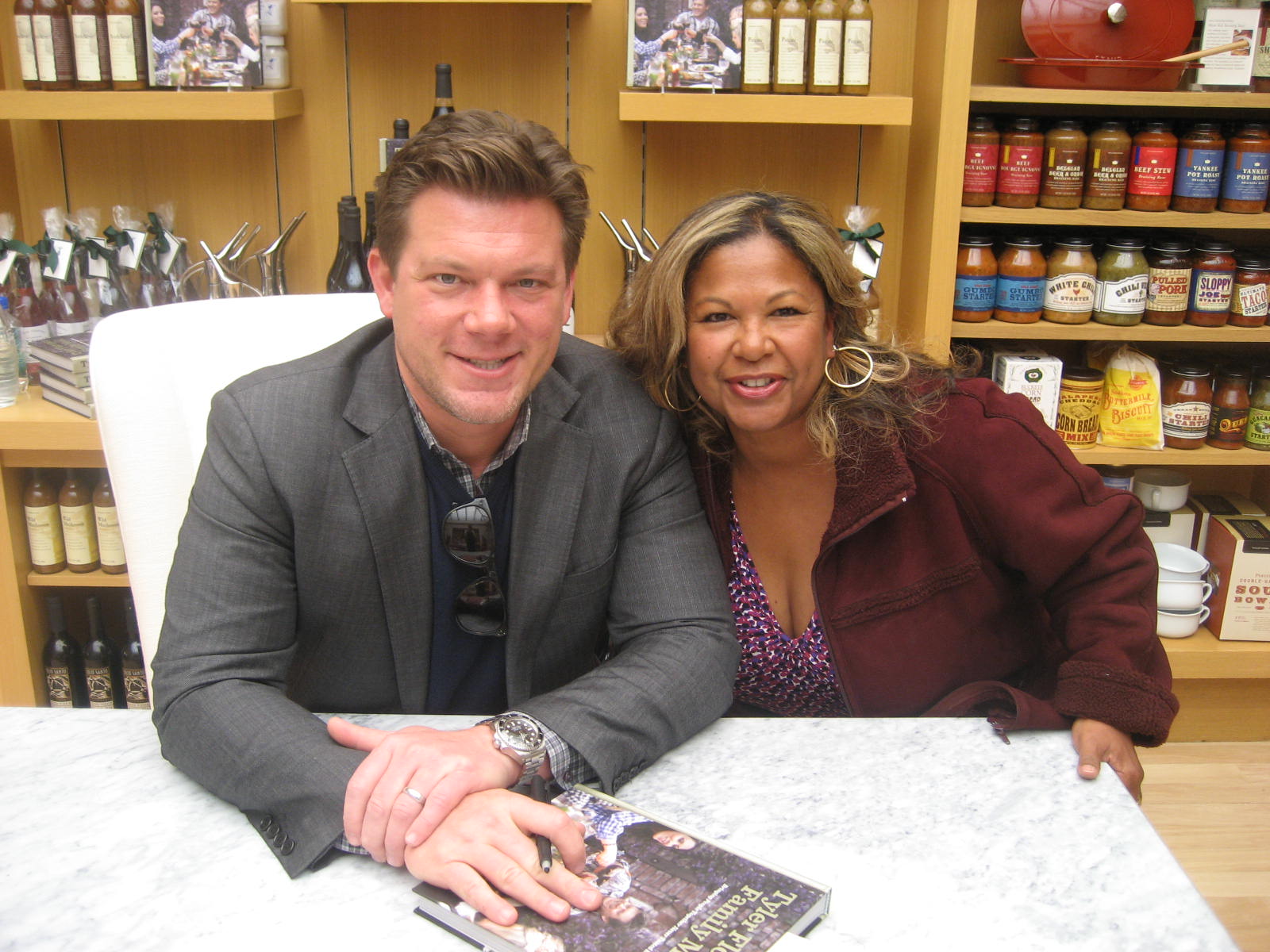
by Dorothy | Aug 22, 2011 | Side Dishes, Uncategorized, Vegetables
Because I’m a professional chef, I don’t become giddy around “celebrity” chefs. I’m much more interested in determing if the “celebrity” chef applies good techniques and has an even better understanding of flavor. I...








Recent Comments